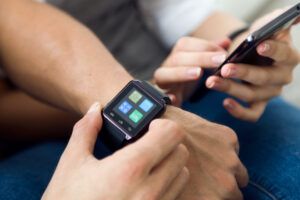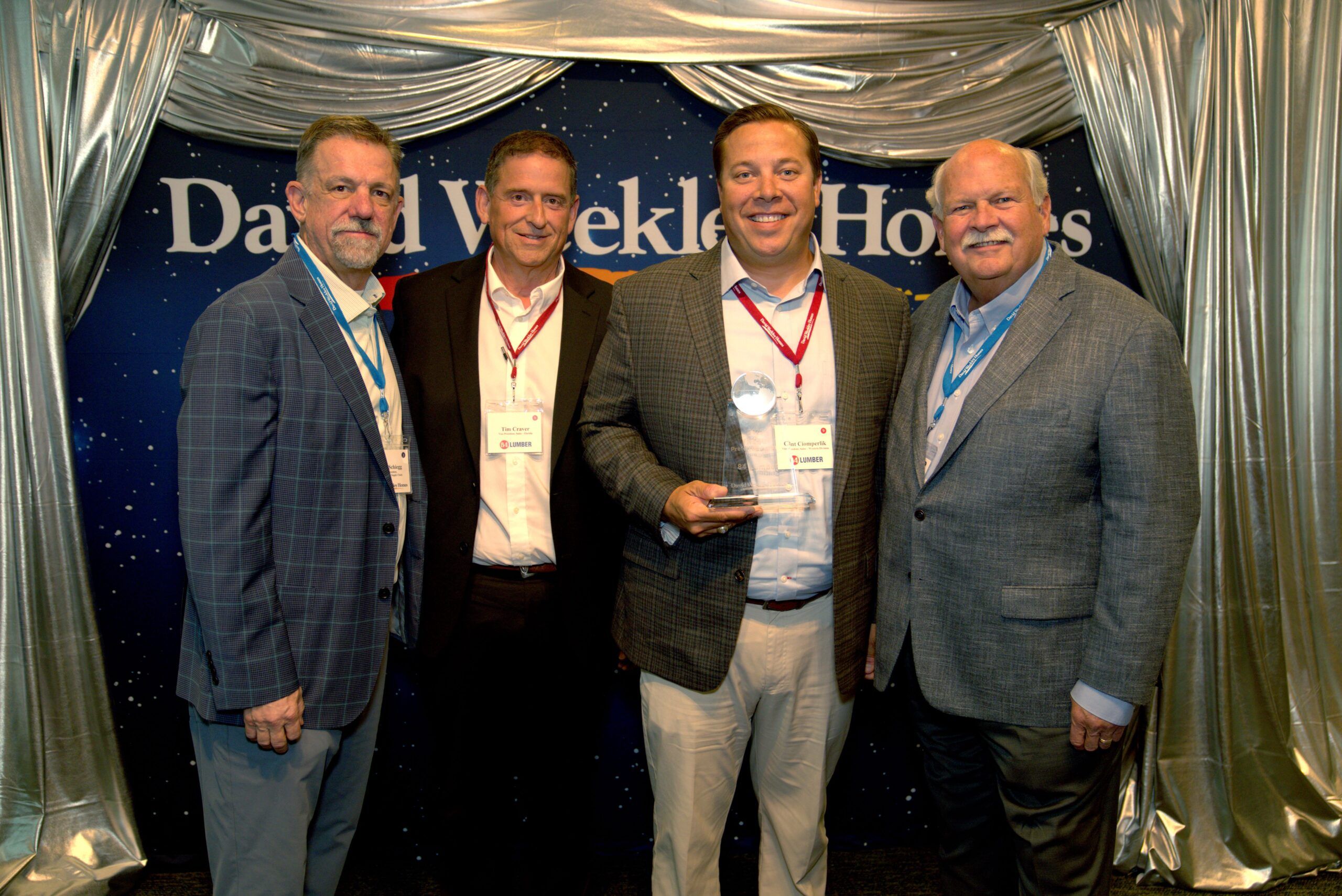Picture a construction worker navigating his way across a busy job site and trips over something they did not see. In a split second, it can cause a serious injury, resulting in delayed work projects and costly medical claims.
Such physical accidents happen everywhere-from factories and offices to even the safest environments.
While hard hats and safety training are important, they have often been inadequate to prevent many workplace accidents.
This is where modern approaches come in: they offer much more active and technologically advanced methods for mitigating risks before an accident can strike. These can provide the employees with solutions to avoid the dangers conveniently.
In this article, you will learn five innovative ways of protecting your staff and ensuring a much safer and more effective workplace.
1. Associating with Safety Speakers
Undoubtedly, one of the most effective approaches in the field of workplace safety is the employment of safety speakers. An expert corporate safety speaker focuses on inspiring the teams to embrace safety practices in their working environment.
They are more of an encourager of change than just passing on information to the people involved.
Whether it is the leadership conference or safety training, speakers deliver speeches on possible dangers relevant to your company. They use case scenarios and facts with the help of videos and facilitate exercises that help the employees embrace safety.
Such safety conferences can help your organization prevent workplace accidents rather than just responding to them. It also increases safety regulation compliance, so your company not only meets the legal requirements but goes beyond it.
Having said that, the safety risks are immensely diverse; that is why the presence of a safety speaker in modern enterprises is highly critical.
2. Using Wearable Technology for Continuous Monitoring

Wearable technology has significantly impacted workplace safety with its real-time or continuous monitoring features.
Such technology is present in the form of smart helmets, safety vests, wristbands and so on.
These gadgets have sensors that monitor your employee’s biometric status, location, and time spent in risky zones. The sensors can notify the worker and the higher authority of high temperatures, toxic materials, etc.
For high-risk businesses such as construction and manufacturing, wearable technology provides an added layer of safety since dangers are ever-present.
For instance, a worker who wears a smart helmet will be alerted when air quality is low. This helps them to exit the area before being affected by toxic vapors. Likewise, if a worker falls, the device can alert the supervisors, ensuring quick and immediate help in such emergencies.
Wearable technology also comprises useful information that can be utilized to enhance overall safety measures. This way, companies can track the flow of personnel or specific events to identify risks and address them.
3. Employing Artificial Intelligence (AI)

AI is an emerging method in workplace safety that utilizes predictive analysis to avoid risks since they can be foreseen. It analyzes the data of incident reports, equipment logs or environmental conditions to look for signs of unsafe conditions.
A factory that applies predictive analytics can track machinery operations in real time. This helps to determine if the machine is about to break down or stop working. As a result, preventive maintenance can be planned to avoid accidents from a faulty machine. Furthermore, you also save the cost and time that might have to be spent due to machine downtime.
Employing AI can also help monitor the frequency of breaks and time spent working to determine if employees are prone to exhaustion. It is especially necessary for managing the employees’ health because fatigue-related accidents also increase in the workplace.
4. Implementing Mobile Technologies
Mobile technologies are becoming indispensable in occupational safety today. Such technologies make it easier for employees to obtain vital information, report hazards, and respond to incidents quickly.
That said, mobile safety applications help to report safety concerns or near misses directly from employees’ smartphones or tablets. As a result, the documentation of hazards and taking corrective action on the spot can be made more effortless. Other uses of the app are digital checklists, inspections, and audits to strictly follow through with the safety protocols.
The best applications also include real-time communications that allow workers to remain in touch with emergency personnel for immediate help.
Moreover, the safety apps can be customized to the needs of a particular organization. For example, offering GPS tracking, push notifications of safety alerts, and other integrations with workplace safety systems.
By making safety information more accessible, mobile solutions enable companies to implement a more responsive, proactive approach to safety culture.
5. Computerized Simulation (VR)
Another approach that has been adopted in workplace safety is the use of VR to train employees.
With VR simulations, you can safely introduce risks and obstacles to your employees in a virtual environment. Such an approach to safety training is effective, especially for the construction, oil and gas industry and healthcare facilities.
For example, they can walk through hazards, including equipment, chemical handling, or fire –without risking their lives.
Since the situations portrayed in VR are simulations, employees can enact the safety procedure multiple times, hence mastering the training.
Another benefit of VR is the capability to scale. This is because many employees can be trained at once, and hence, it is perfect for multinational companies.
Conclusion
Workplace safety must be dynamic due to the fast pace at which most industries operate.
If you want to evolve and modernize your company’s safety, then ensure to exercise the different approaches mentioned above. It includes associating with safety speakers, wearable technology for monitoring, employing AI, supporting employee well-being, and computerized simulation (VR) are useful approaches.
These can significantly benefit any organization and make the employees feel valued and cared for while enhancing their security.
Incorporate such ways in your workplace safety training to leverage its various benefits.











